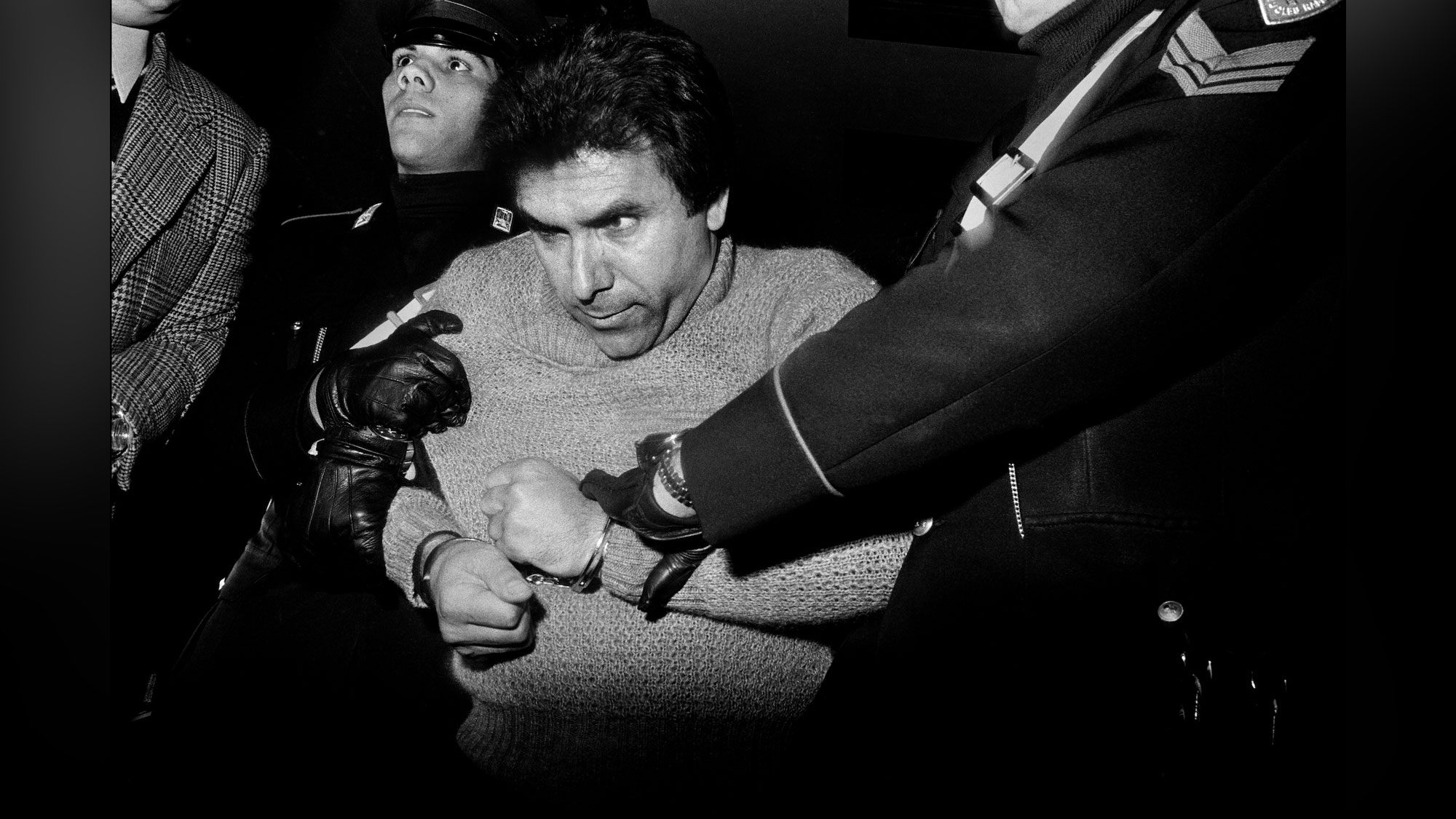
Letizia Battaglia (1935-2022) was one of Italy’s most important social documentary photographers, whose images are some of the best-known records of life in the shadow of the Mafia.
This autumn The Photographers’ Gallery in London presents Letizia Battaglia: Life, Love and Death in Sicily, on show from October 09 2024 – February 23 2025.
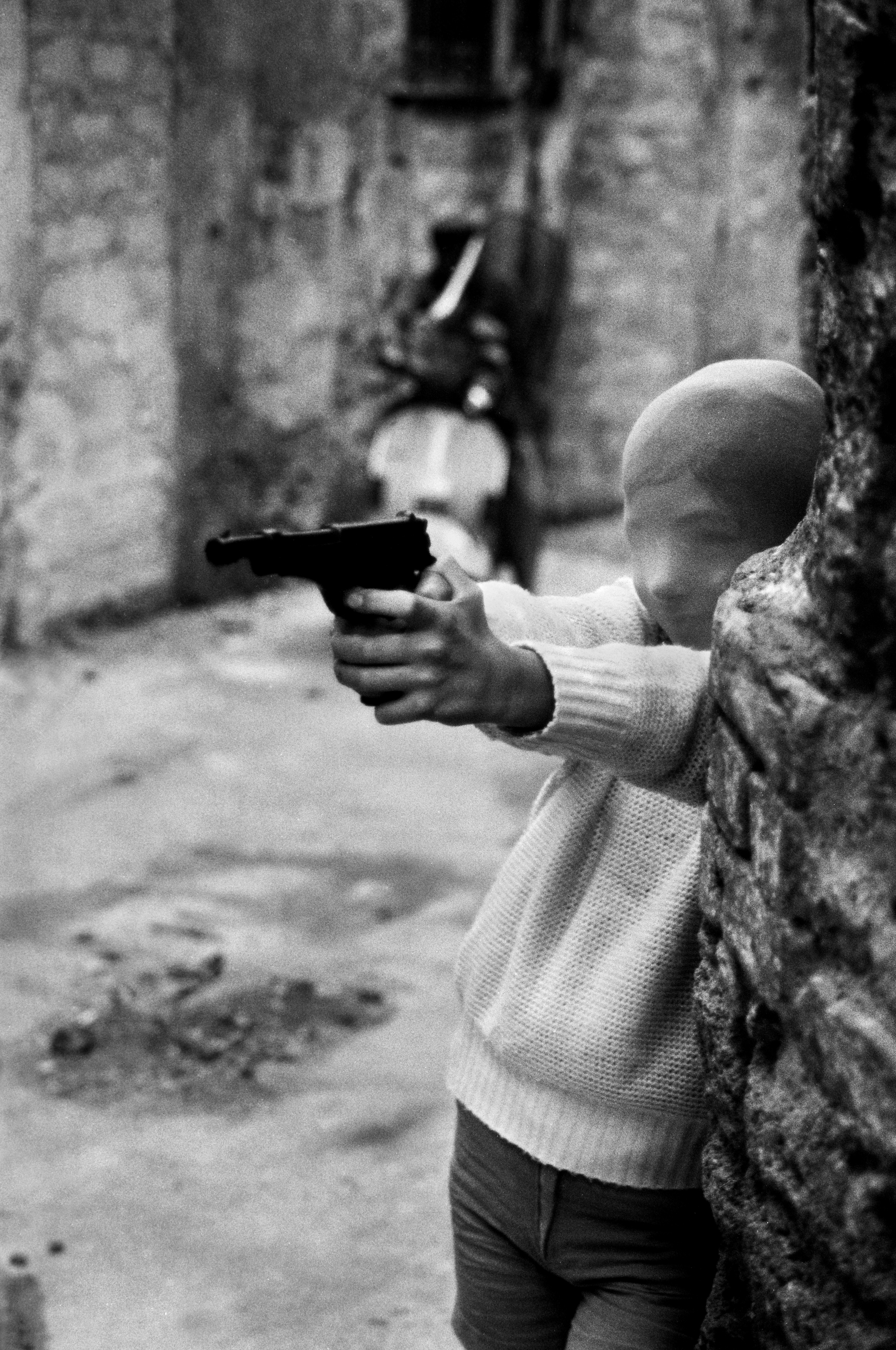
Battaglia was a photographer, but also civil rights activist, journalist, publisher, film director, environmentalist, politician, photo museum director, and is a key figure in Sicilian contemporary history.
This must-see show is a powerful overview of Battaglia’s extraordinary and shocking work from 1971 to 2021, a year before her death.
Born in Palermo, Sicily, Battaglia started her career in journalism in 1969 after her divorce. Thinking her husband Franco Stagnitta would offer her the freedom she wanted, he instead wanted a stay at home wife. After finding out she had begun an affair, he shot at her, causing her to leave him along with their two daughters.
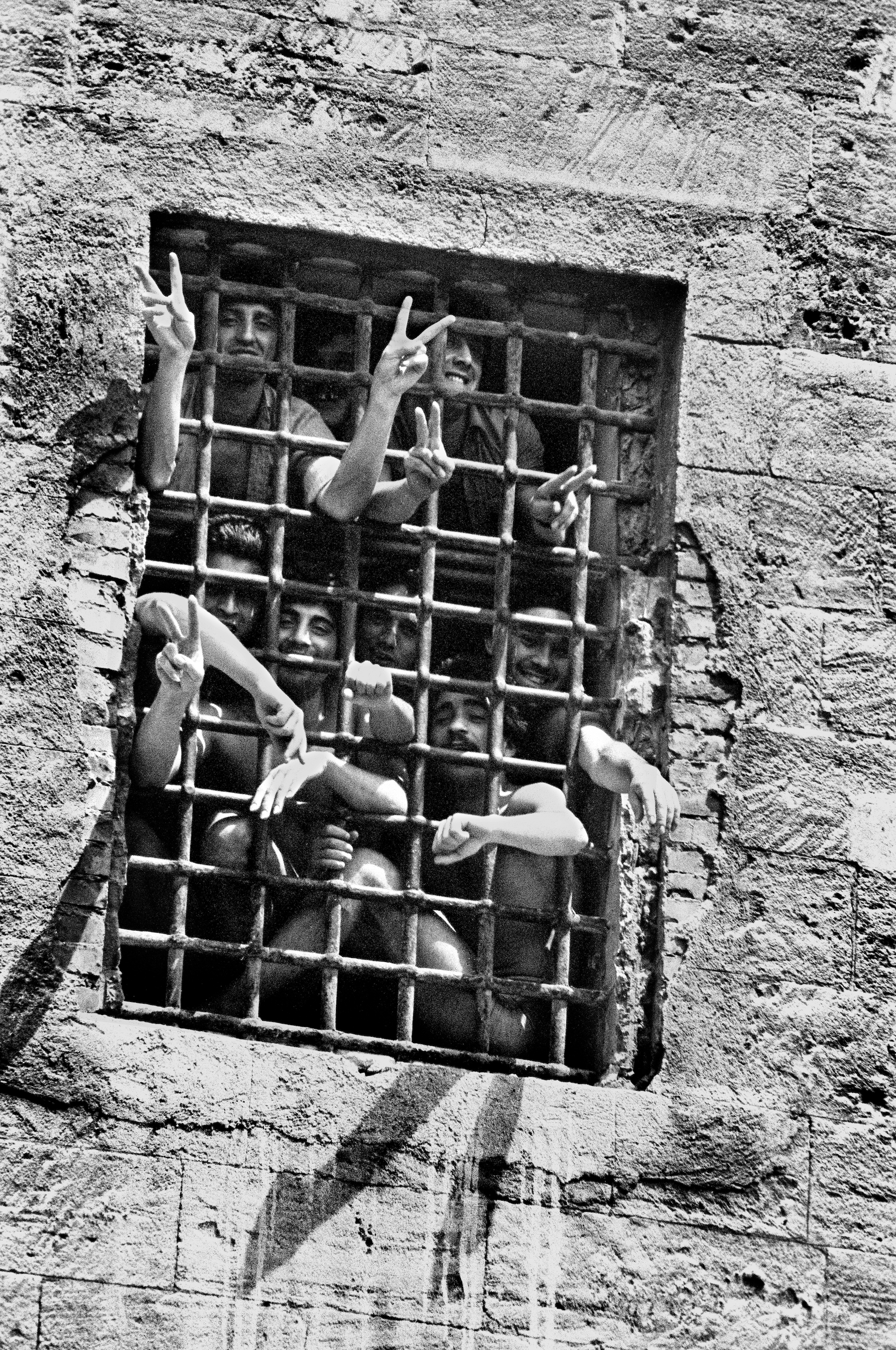
Teaching herself photography to better sell her written work, she developed a passion for the medium, and her strong desire for justice, independence and change fuelled her essential work.
During the 1970s and 80s, she stayed in her native Palermo during a period known as ‘The First Mafia War’ and ‘The Second Mafia War’.
Battaglia fearlessly photographed the victims of Mafia murders, sometimes finding herself at four or five crime scenes a day.
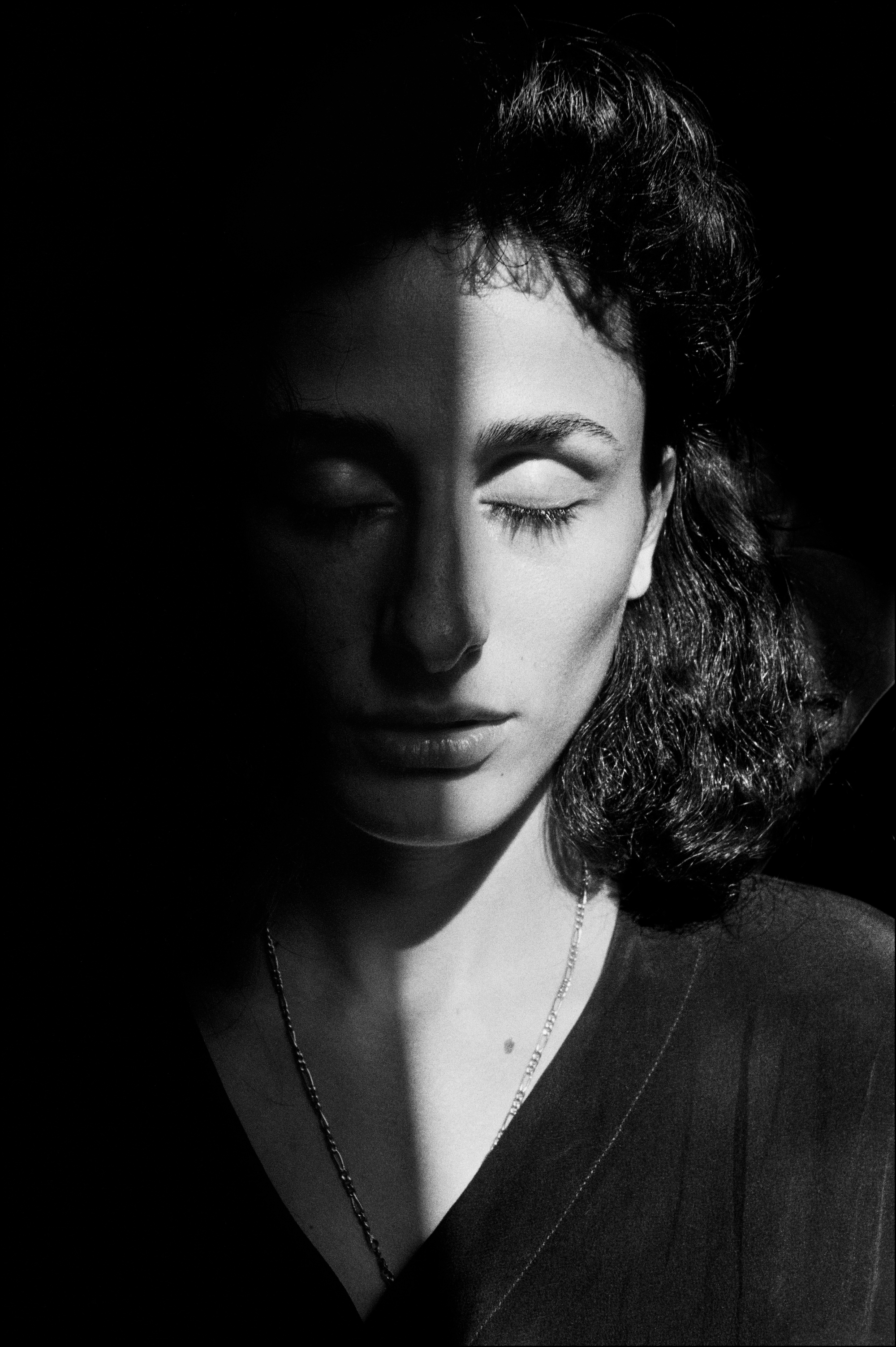
She took so many photographs of victims she once said:
“Suddenly, I had an archive of blood.”
She shot the dead bodies in black and white because she believed it was more respectful, and it offered its own silence.

She also documented the fierce in-fighting between rival gangs and their attacks on civil society. She also photographed police officers, judges and prominent establishment figures symbolizing both the fight against the Mafia, but also corruption, violence and organized crime.
Her work disproved the myth that the Mafia only killed each other, and was critical in providing evidence proving the links between corrupt politicians and the Mafiosi.
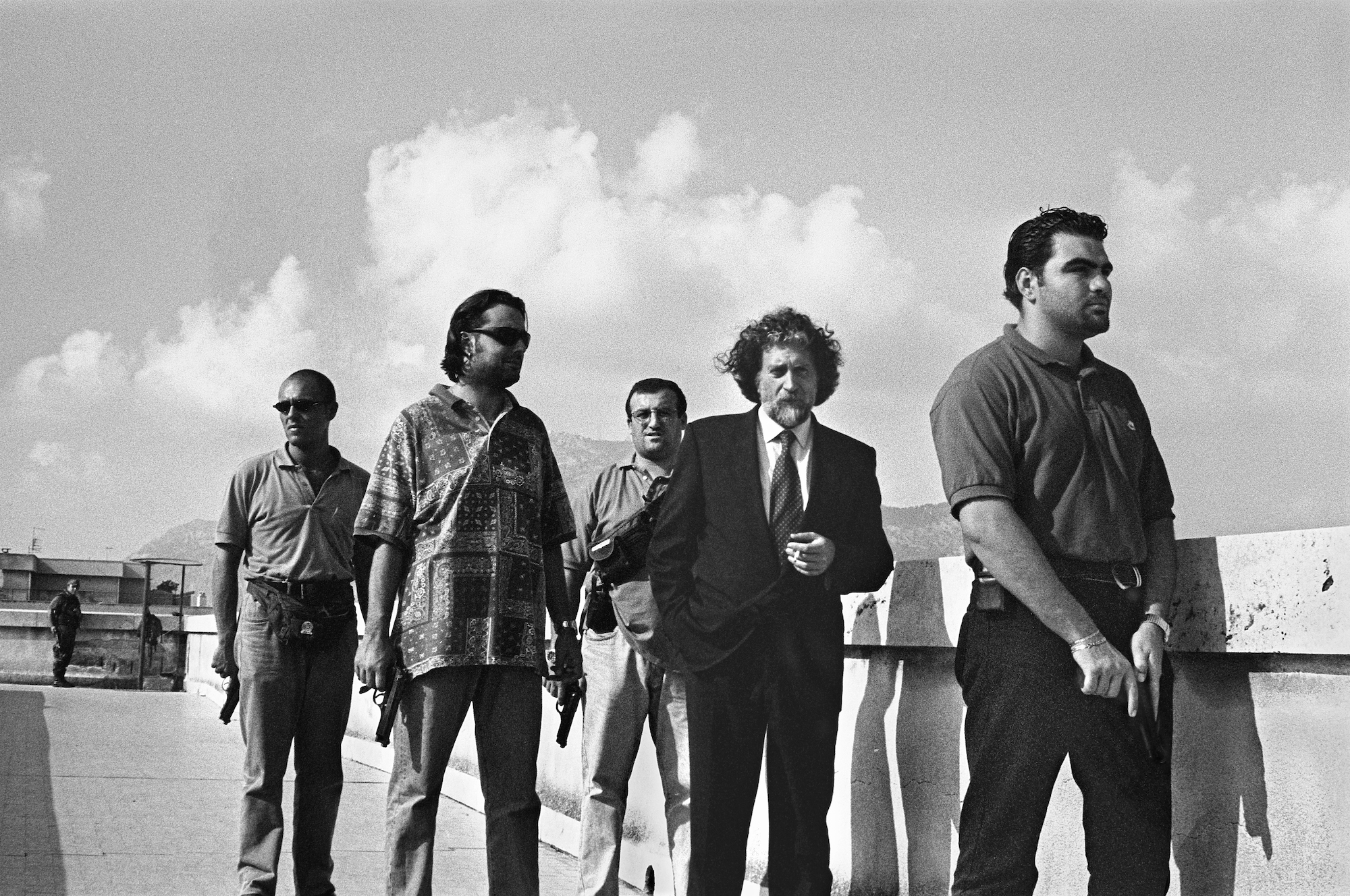
She received many death threats because of her work, and in 2017 she said:
“You no longer knew who your friends or enemies were. You left the house in the morning and didn't know if you would come back in the evening."
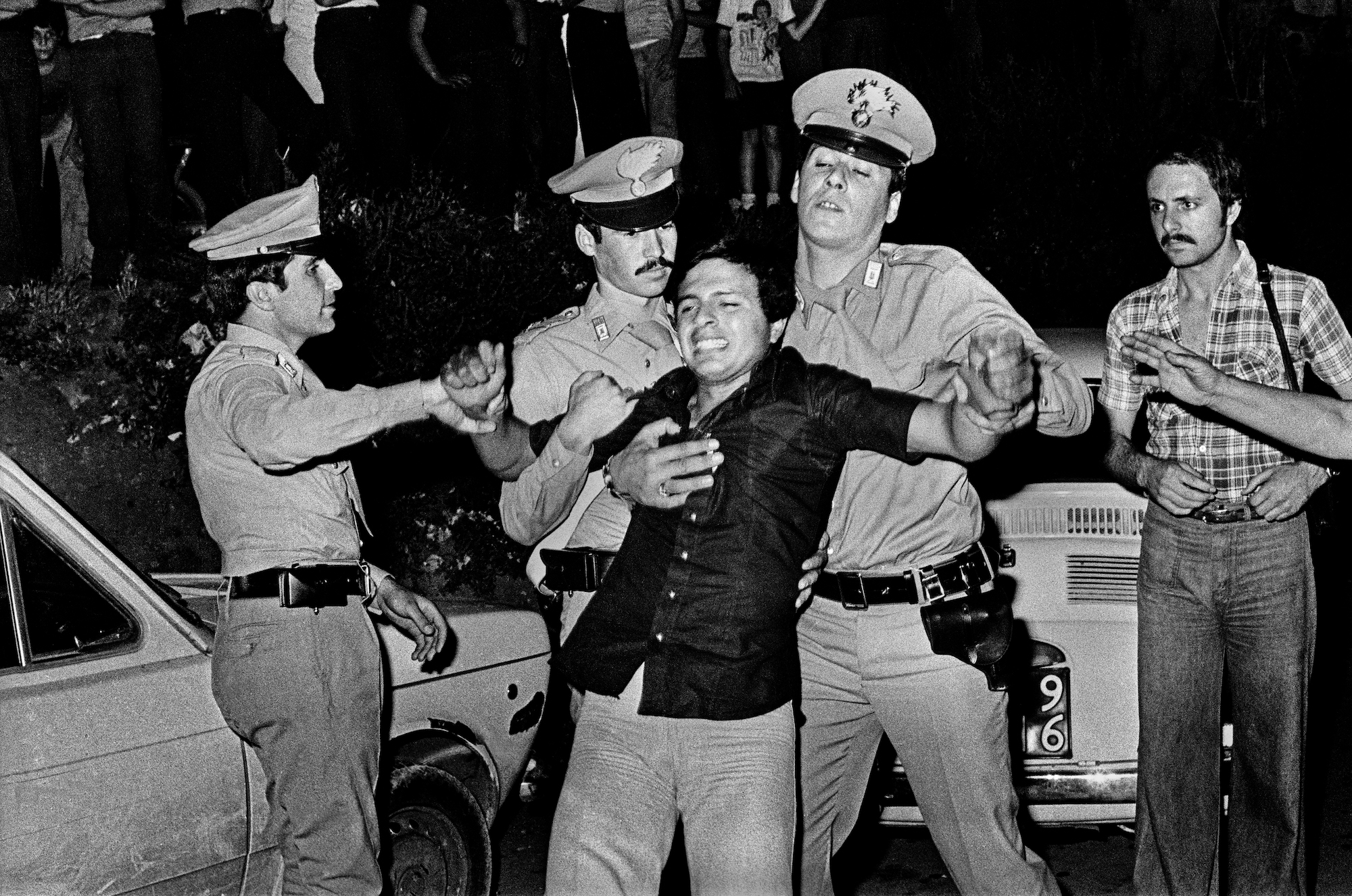
She also took photographs of daily life; women and children in their neighborhoods and streets, contrasting the wealth of the area with the misery of a city resigned to its fate.
She said of these communities:
“I searched for their dream, to find love, adventures, peace, freedom, beauty, a fantastic future. In them I find myself as a child."
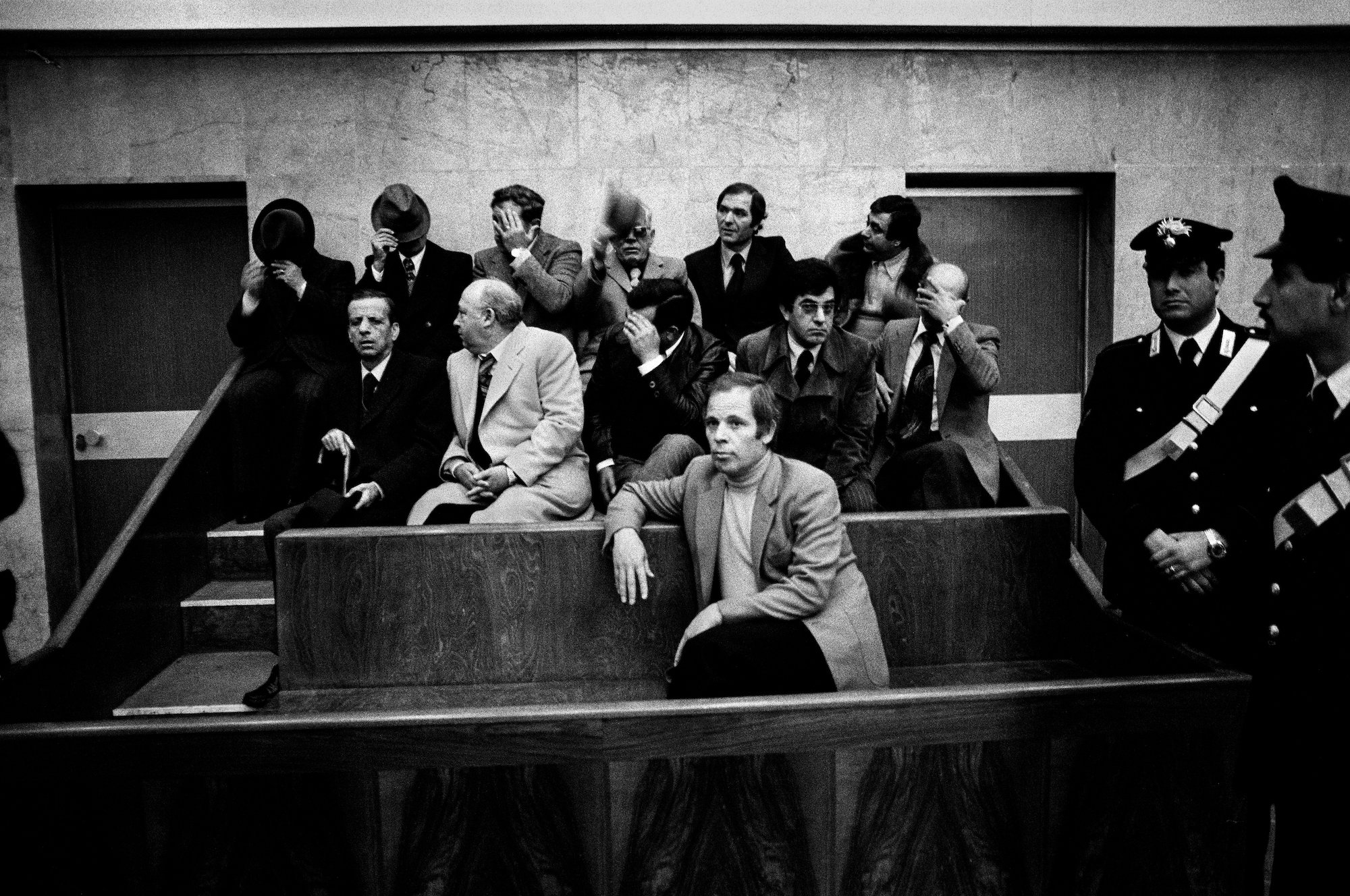
In 1974 she became the photo director of L’Ora, the left-wing daily investigative paper in Palermo, until its closure in 1990.
She later described her work:
"I was with my bare hands, except for my camera, against them with all their weapons. I took photos of everything. Suddenly I had an archive of blood. An archive of pain, despair, terror, drug-addicted youths, young widows, trials and arrests."
The exhibition draws together vintage and new prints, archive materials, contact sheets, books, magazines, and film to showcase this remarkable photojournalist's incredible life and inimitable career.
Take a look at our guides to the best camera for black and white photography, the best 35mm film, and the best retro cameras.




!["[T]he First and Fifth Amendments Require ICE to Provide Information About the Whereabouts of a Detained Person"](https://images.inkl.com/s3/publisher/cover/212/reason-cover.png?w=600)


